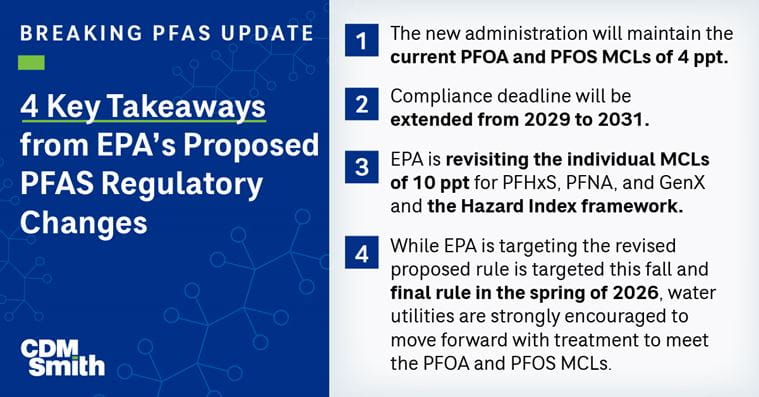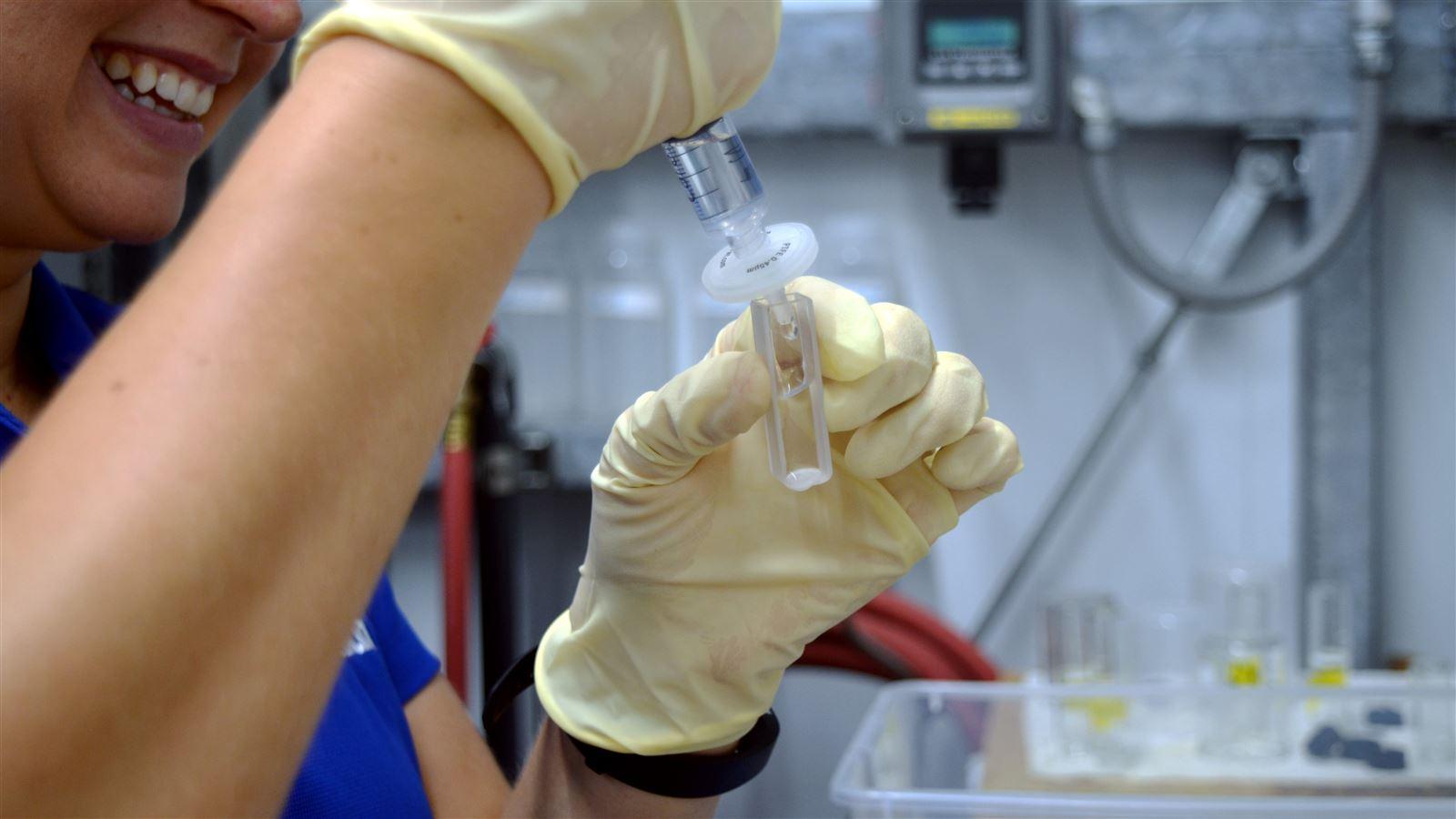PFAS Reporting: Complying with New MCLs
The maximum contaminant levels (MCLs) for a handful of PFAS, represent the U.S. Government’s first enforceable regulatory action to address these chemical compounds. Environmental scientists expect large volumes of surface and groundwater used to supply drinking water across the U.S. will require PFAS treatment and removal to comply with the lower threshold concentrations. In their Consumer Confidence Reports (CCRs), community water systems will be required to include the level of the regulated PFAS measured in their drinking water, as well as the potential health effects of the regulated PFAS detected in violation of the rule.
One year after the release of EPA's first PFAS MCLs, the agency proposed several changes, primarily focused on the compliance timeline and the additional analytes (PFHxS, PFNA, GenX).

Water utilities will need to move swiftly on PFAS treatment in order to meet these standards.

EPA also acknowledged that water systems are not the polluters of PFAS as passive receivers and intends to establish a federal exemption framework, as well as the new PFAS OUTreach Initiative that will include outreach tools.
EPA plans to issue a proposed rule this fall that will extend the compliance deadline and finalize this rule in the Spring of 2026. The details of how these proposed changes may impact the initial and compliance monitoring requirements and associated public notification deadlines are not known.







